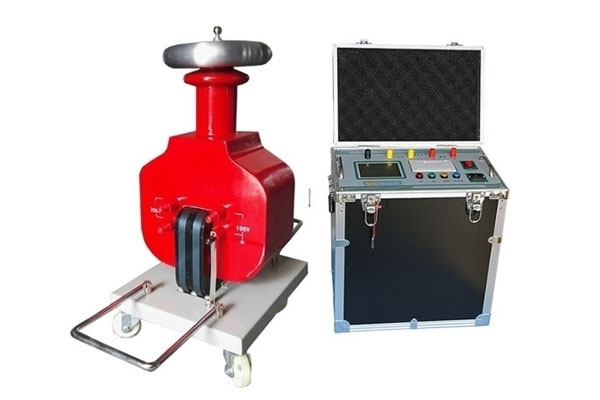We all know that the hipot tester is used to detect whether the voltage of the equipment is safe to use. Because its operating object is electricity, it must be more careful when operating it to avoid causing some damage. Manufacturers specializing in the production of hipot testers will tell every customer what to pay attention to when using hipot testers. The following ATO Hipot Tester will introduce to you precautions when using the tester.
8 Tips for Using a Hipot Tester
- The hipot tester must be connected to a reliable ground wire when in use.
- When people use the tester, they must pad insulating rubber under their feet and on the seat, which can prevent high-voltage clicks from causing danger to human life.
- Be sure to connect the hipot tester with the high voltage output “0”and in the “reset” state.
- When the hipot tester is testing, it will require the ground terminal of the instrument to be reliably connected to the device under test, and it is strictly forbidden to be in an open circuit state.
- Do not allow the output ground wire and the AC power wire to be short-circuited, because the casing will have high voltage and cause danger. Also, avoid short circuits between high voltage output terminal and ground wire.
- If the test lamp and ultra-leakage lamp are found damaged during use, they should be replaced immediately. Otherwise, there will be a misjudgment.
- When the instrument is no-load and adjusts the high voltage, the leakage current indicates that the initial current of the meter head is within the normal range, and it will not affect the test accuracy.
- When storing the hipot tester, be sure to avoid direct sunlight, and do not place it in a high temperature, humid and dusty environment, which will damage the hipo tester.
Matters needing attention before using hipot tester
Determine whether an exposed conductor is energized or not.
Determine the nominal voltage of an electrical circuit by reading
Drawings, signs and labels. Know how to use the equipment. Every tester should come with a user’s manual.
Review this manual prior to using the ac dc hipot tester.
Understand approach distances and corresponding voltages to which you may be exposed.

You should be trained to identify and understand the relationship between electrical hazards and possible injury.
Know the safety features of the hipot tester and utilize them.
Determine if personal protective equipment (PPE) is necessary, what type of PPE3 is necessary and how the PPE is rated. OSHA now requires in addition to being a qualified person, that you must wear PPE for protection from shock if you cross the Restricted Boundary.
Note: The restricted boundary for live parts operating between 751 V and 15 kV is 2 feet 2 inches.
Know the methods of release for victims who are being shocked.
Understand that the hipot tester is a variable voltage power source that will output current to any available ground path.
Contacting the DUT during the test can result in a dangerous shock hazard.
You must know the importance of discharging the DUT.
Understand that each step in the work plan must be executed as planned.
